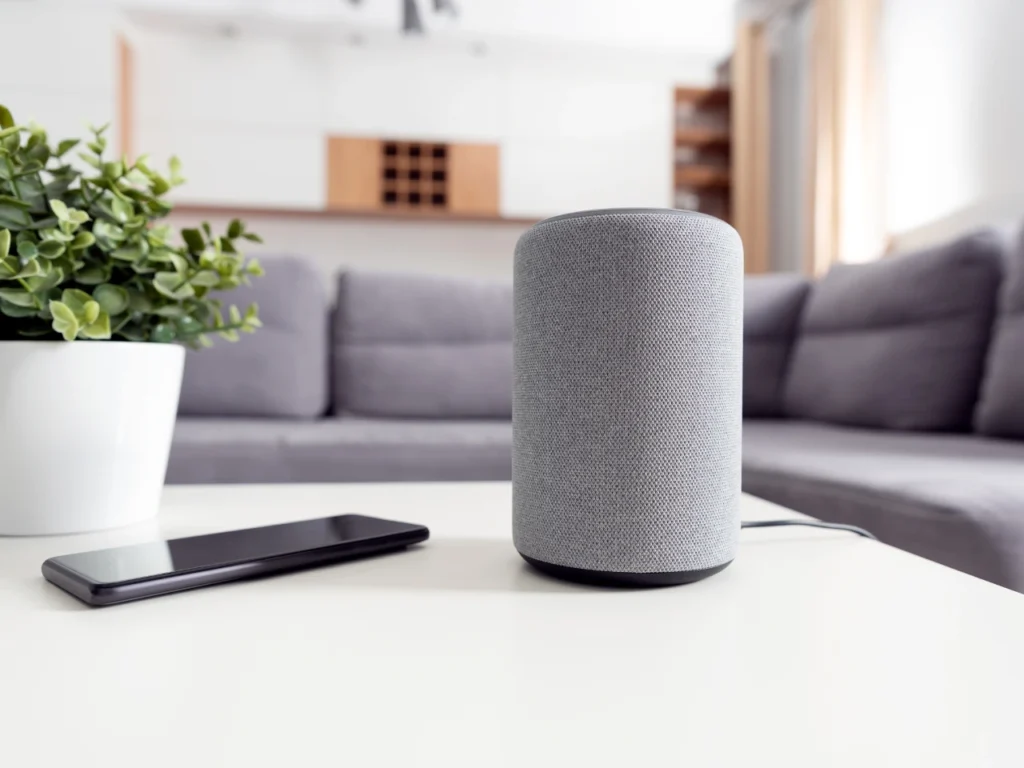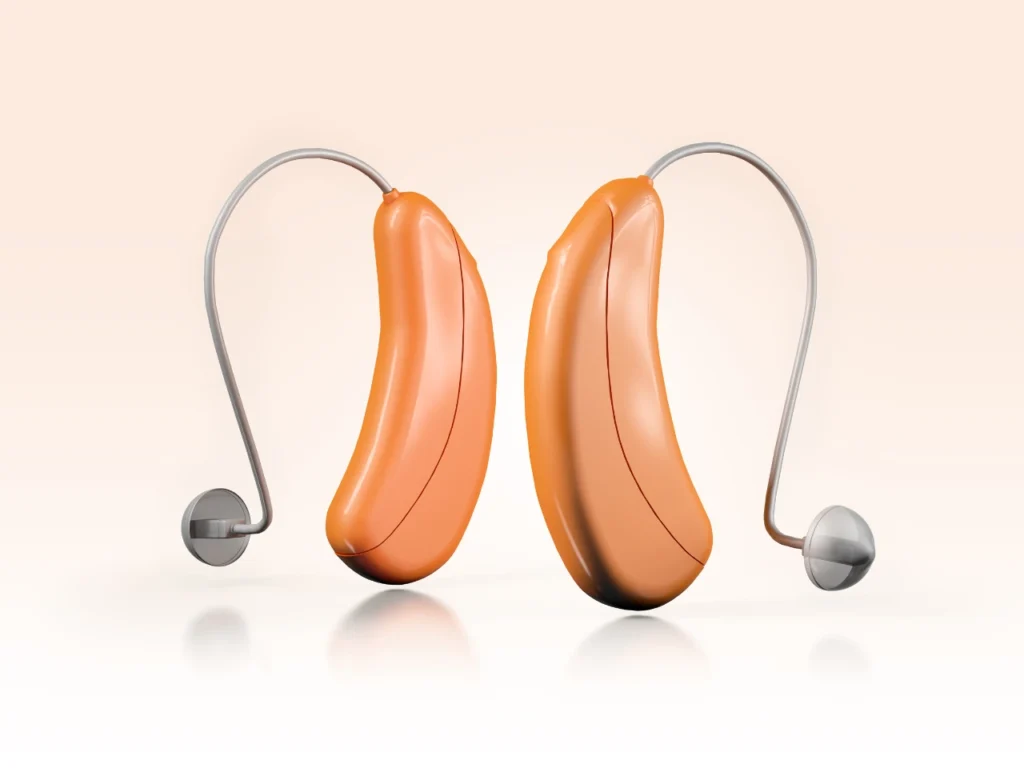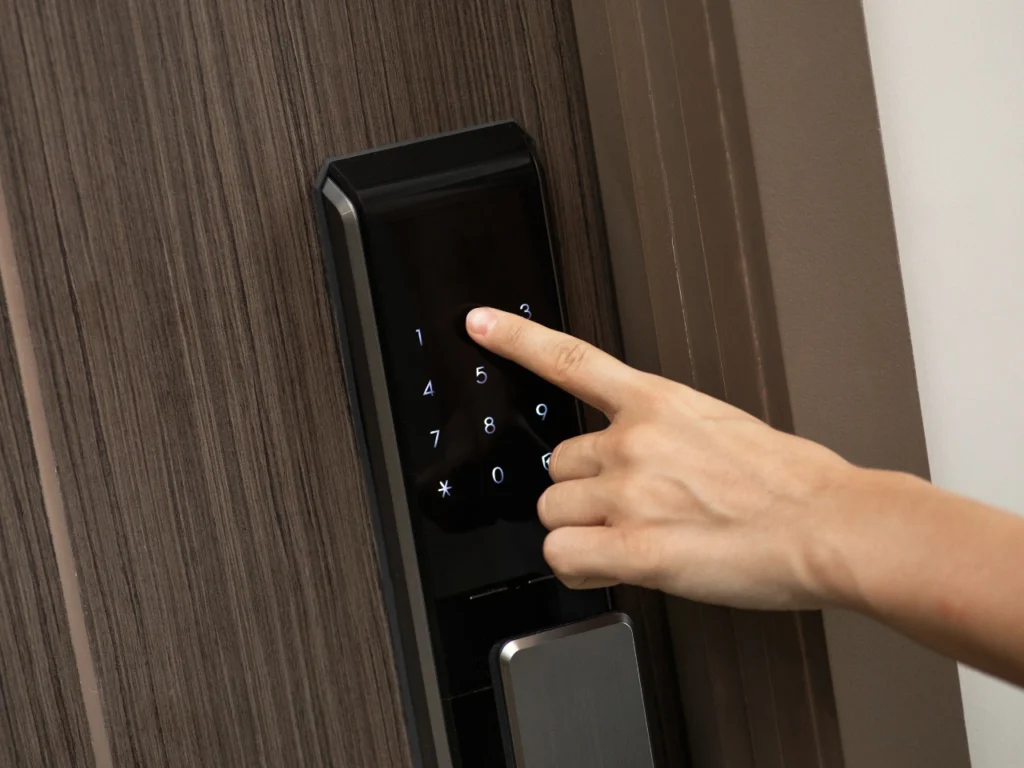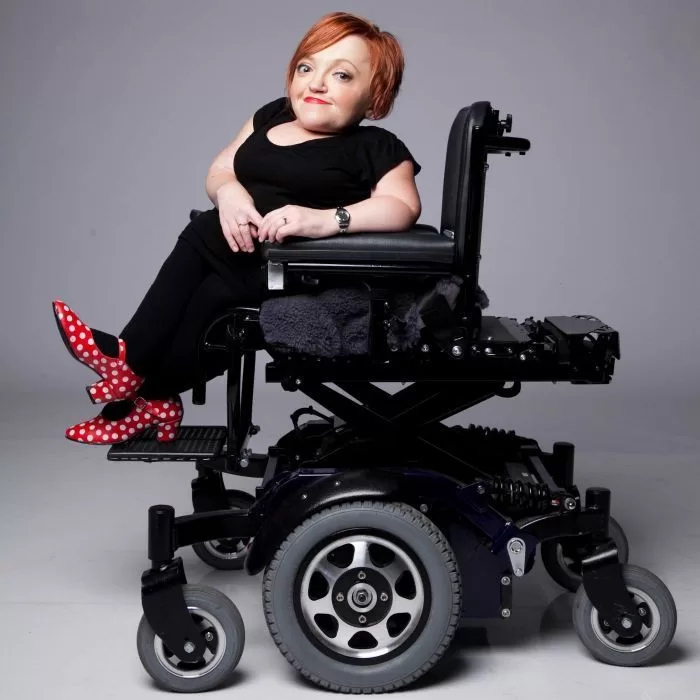Updated on August 24, 2025

Daily life can be challenging for people with disabilities, from mobility barriers to communication hurdles. Assistive gadgets are tools that help with independence and connection.
According to the Australian Bureau of Statistics, 28.5% of people with disabilities did not use the internet, often due to a lack of confidence, affordability, or digital skills. Meanwhile, in 2023–24, 43% of complaints to the Australian Human Rights Commission were made under the Disability Discrimination Act, which shows how many platforms still fail to meet even basic accessibility standards. That digital divide shows the urgent need for devices for participation in work, education, and social life. These gadgets help bridge that gap. Let’s explore some of them and their uses.
1. Smart Speaker Assistants
Voice-activated assistants let users control lights, thermostats, locks, music, timers, and more without reaching or lifting. This means efficiently managing daily routines for people with limited mobility or vision loss. Beyond their core function, these smart speakers offer features like reading aloud, music playback, weather forecasts, and reminders for tasks and appointments.
2. Smart Smoke Detectors
Smoke detectors are essential for safety, but standard alarms don’t meet everyone’s needs. For people who are deaf or hard of hearing, vibrating smoke detectors use bed shakers or pillow vibrators to provide tactile alerts. Visual smoke detectors offer bright strobe lights to grab attention, especially in noisy environments, making them ideal for the same audience.
For those with cognitive disabilities, voice-alert smoke detectors give more explicit instructions than traditional sirens, helping users respond more effectively. Smart smoke detectors also send alerts to phones or smartwatches, assisting users with mobility or vision impairments to stay informed. Models with backup power ensure alarms stay active during outages, which is essential for those relying on medical devices.
3. Smart Glasses and Electronic Magnifiers
AI-powered devices that attach to any pair of glasses read text aloud, menus, signs, labels, and can recognise faces and money. They act like a real-time narrator for people with visual impairments. They’re discreet and portable. Electronic Magnifiers are handheld tools that magnify text up to 14 times with customisable contrast. Some models sync with smartphones, making reading prescriptions, menus, or documents easy.
4. Portable Bluetooth Hearing Aids and Amplifiers

Modern hearing aids include Bluetooth to stream phone calls, music, and conversation directly into the ear. Pocket amplifiers enhance nearby conversation. There are different types of hearing aids, which are robust and durable and suited for all levels of hearing loss. In-the-ear (ITE) aids are more discreet and fit in the outer ear, while Completely-in-canal (CIC) and Invisible-in-Canal (IIC) versions offer near-invisible options for mild to moderate hearing loss.
Wheelchair-mounted Smartphones give users hands-free access to calls, apps, and communication, especially helpful for those with limited grip or arm mobility. These systems can attach to armrests, frames, or trays in various styles. Clamp-style mounts offer secure, adjustable grips; gooseneck mounts are flexible and repositionable; fixed mounts provide a stable, unchanging setup; and magnetic mounts allow quick snap-on, snap-off convenience. This simple addition can significantly boost independence and digital access.
5. Kitchen Aid Devices
Kitchen tools are designed to help individuals with disabilities cook and eat more independently, addressing challenges related to mobility, grip strength, dexterity, and vision. These aids range from one-handed kitchen tools like cutting boards with spikes and clamps, to automatic stirring devices that free up one hand entirely, to easy-grip utensils and angled cutlery that require less wrist movement. Tools like jar openers with suction bases, cut-resistant gloves, and large-print measuring cups further enhance safety and ease of use. Colour-contrasted or tactile tools offer better control for those with low vision or limited coordination. These adaptive solutions make the kitchen more accessible and reduce dependence on others for everyday meals.
6. Mobility aids
These essential tools help individuals with disabilities move more freely and safely. They cater to various needs, from temporary injuries to long-term physical conditions. Wheelchairs, both manual and electric, offer vital mobility. Manual chairs are suited for those with some upper-body strength. In contrast, power chairs provide effortless movement for users with limited hand or arm function. Mobility scooters are another powered option, ideal for those who can walk short distances but need help over longer ones.
For people needing balance or walking support, walkers and rollators provide stability, and rollators add wheels and often a seat for resting. Canes, including standard and quad-base types, offer lighter support, while crutches (underarm or forearm) shift weight off the lower body and are often used during recovery. To navigate stairs or uneven entryways, stair lifts and ramps ensure accessibility at home or in public spaces.
7. Smart Home Door and Light Sensors with Alerts

Sensor systems with motion, light, or door-sensing abilities can send alerts about visitors, movement, or system statuses, critical for individuals with low vision or cognitive disabilities. Studies show smart-home alerts reduce anxiety and increase safety in users with limited sensory awareness.
Choosing the right gadget starts with identifying the daily barrier: reaching, seeing, speaking, or hearing. Once the challenge is clear, you can match the technology to the need. It’s also important to confirm that the device is compatible with your phone or setup and that training or support is available through tutorials or healthcare services. Finally, consider your budget. However, many assistive gadgets in Australia are covered by the National Disability Insurance Scheme (NDIS), workplace accommodations, or other schemes.
Final Thoughts
These devices aren’t just nice-to-haves. They help with independence, inclusion, and quality of life. As innovation continues, access to these life-changing gadgets becomes more possible, making everyday tasks easier.
MORE FROM CENTRE DISABILITY SUPPORT
Accessible Accommodation: What You Need to Know
How AI and Assistive Technology Are Transforming Disability Care
Barriers to Accessing Disability Support Services in Australia



